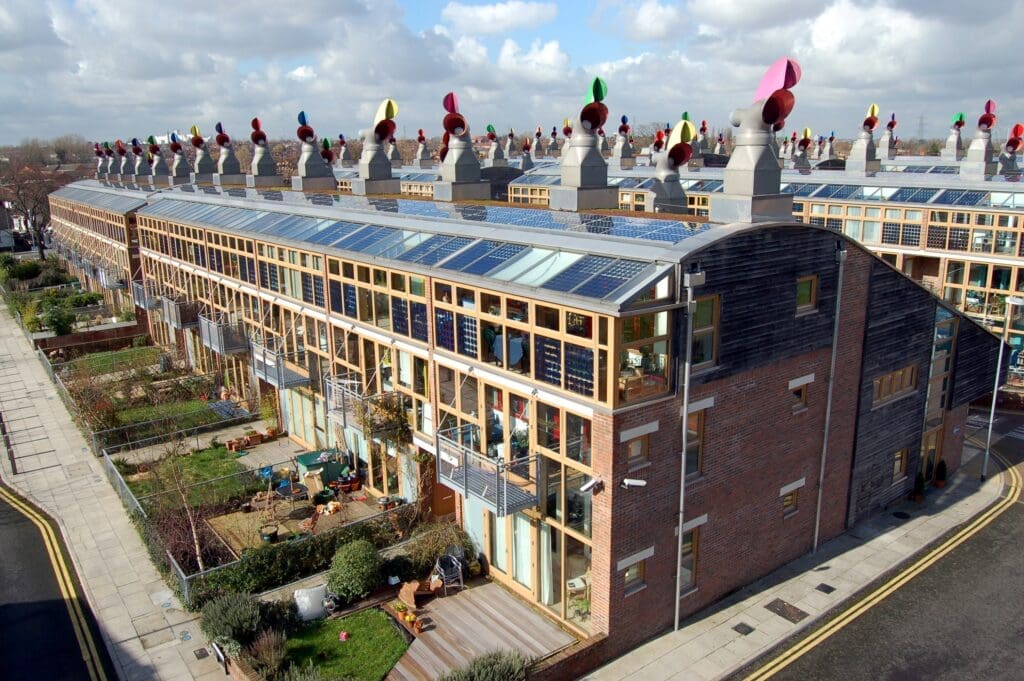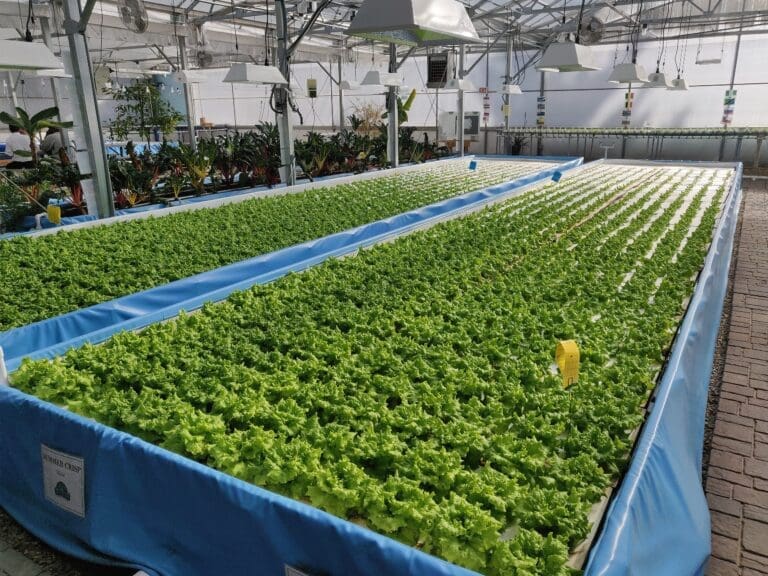Why Low-Energy Houses?
In the face of climate change and rising energy costs, low-energy houses are becoming a cornerstone of sustainable living. Designed to minimize energy consumption while maximizing comfort, these homes incorporate innovative materials, strategic designs, and advanced heating systems to reduce environmental impact.
This article explores essential elements of low-energy house construction, highlights exemplary projects, and considers the future of this eco-friendly approach.
Materials for Low-Energy Houses
In the past decades, building with insulation fillings or claddings, multiple-glazed windows and optimized heating and cooling systems has become standard in many countries. New advancements in sustainable building materials are enabling even greater energy savings. The following materials represent the forefront of ultra-energy-efficient construction:
Vacuum-Insulated Panels (VIPs):
VIPs, with thermal conductivities as low as 0.004 W/(m·K), are up to 10 times more effective than traditional insulation materials, allowing for thinner wall designs without sacrificing energy efficiency.[1] VIPs can reduce energy demand in buildings by up to 40% depending on the climate and application.[2]
The company Vac-Q-tec, for instance, is producing VIPs for a wide range of applications such as the insulation of facades, balconies/terraces, floors, conservatories or pre-fabricated buildings and building parts.[1]
As the saying goes: “A picture is worth a thousand words”, have a look at the image below, showing the very good facade insulation (blue in the thermogram picture underneath) of an apartment block with VIPs cladding.


Mycelium-Based Insulation:
Mycelium is the growing underground part of fungi (mushrooms, for example, are also part of the huge fungi family), consisting of a dense network of thread-like structures. When grown under controlled conditions, mycelium binds together agricultural by-products such as sawdust, hemp, or straw into lightweight, solid forms. It helps maintain comfortable indoor temperatures, reduces heat transfer, and provides natural moisture regulation. Fully biodegradable and produced using agricultural waste, it also features excellent fire resistance and acoustic insulation properties, making it a sustainable and versatile choice for modern construction.[3][4]

Smart Glass:
Smart Glass offers dynamic control over light and heat entering a building. When tinted, it can significantly reduce solar heat gain, thereby lowering cooling costs. Studies have shown that specifically electrochromic windows (where the tinting is triggered and controlled by electricity) can reduce energy consumption in buildings by regulating the amount of heat and light that enters the space.[5] They lower heat gain by up to 50-60 % when tinted, which in warm or hot climate regions is cutting energy costs significantly.[6]

Optimizing Orientation for Low-Energy Homes
Designing low-energy homes with windows or entrances oriented toward the sun is a fundamental passive solar strategy aimed at maximizing natural heat gain, see also Earth Houses. This approach can significantly reduce heating demand during winter months. Many studies have demonstrated that passive solar design can lead to substantial energy savings. For instance, research indicates that passive solar systems can save almost 20% of a building’s energy demand, with a higher contribution when combining direct and indirect solutions (for example, a dark-colored wall)—potentially cutting half of the heating and around 25% of the cooling energy.[7]

Advanced Heating Systems for Low-Energy Houses
Ground Source Heat Pumps (GSHPs): These systems draw heat from the earth, providing efficient heating and cooling. With energy savings of up to 50% compared to traditional heating systems, GSHPs are ideal for low-energy homes. A Swedish low-energy project reported annual heating cost reductions of 45% using GSHPs.[8]

Heat Recovery Ventilation (HRV) Systems: HRVs circulate fresh air throughout the home while recovering up to 90% of the heat from outgoing stale air.[9]
Global Examples of Low-Energy House Projects
Vauban District, Freiburg, Germany: This neighborhood features low-energy houses that consume approximately 15 kWh per square meter annually, significantly below the national average of 200 kWh/m².[10] Through careful material selection and passive solar design, the district has reduced its overall energy consumption by over 60%.

EcoVillage at Ithaca, USA: This intentional community in New York incorporates passive solar design, high-quality insulation, and renewable energy sources. Residents report a 40% reduction of resource use compared to conventional homes in the region.[11]
Beddington Zero Energy Development (BedZED), UK: As the UK’s largest sustainable community, BedZED homes consume around 45% less electricity and 81% less hot water than typical British homes.[12] These low-energy homes employ triple-glazed windows, high-performance insulation, and heat recovery systems, making BedZED an exemplar of sustainable housing.

Given the fact that BedZED has already been built in 2002, this goes to show that technology and strategic designs are in-place to provide low-energy, sustainable living space.[13] It is up to us to leverage from there and implement even better, ultra low-energy houses.
Future Enhancements in Low-Energy Housing
The future of low-energy houses lies in emerging technologies such as smart thermostats, AI-driven energy management systems, and building-integrated photovoltaic (BIPV) materials, where the PV panels are part of the facades.[14] These advancements will reduce energy consumption even further, paving the way to ultra low-energy houses. Innovations in biomaterials, like the above mentioned mycelium-based insulation, are also gaining interest for their excellent thermal properties and eco-friendliness. As global awareness of climate change grows, the demand for low-energy and even ultra low-energy housing is likely to rise, making sustainable living accessible to more communities.
Sources:
[1] https://www.va-q-tec.com/wp-content/uploads/pimcore-2/Brochure_Construction.pdf
[2] https://www.scirp.org/journal/paperinformation?paperid=95034
[3] https://bioresources.cnr.ncsu.edu/resources/acoustic-and-thermal-properties-of-mycelium-based-insulation-materials-produced-from-desilicated-wheat-straw-part-b/
[4] https://en.wikipedia.org/wiki/Mycelium-based_materials
[5] https://en.wikipedia.org/wiki/Smart_glass
[6] https://www.mdpi.com/1996-1073/13/6/1449
[7] https://www.mdpi.com/2076-3417/11/1/376
[8] https://kth.diva-portal.org/smash/get/diva2%3A1426526/FULLTEXT01.pdf
[9] https://www.thermal-engineering.org/heat-recovery-ventilator-ventilation-efficiency/
[10] https://www.freiburg.de/pb/site/Freiburg/get/647919/Infotafeln_Vauban_en.pdf
[11] https://tompkinscountyny.gov/files2/planning/energyclimate/documents/EcovillageLessonsLearnedfinal.pdf
[12] https://library.uniteddiversity.coop/Ecological_Building/BedZED-seven-years-on.pdf
[13] https://en.wikipedia.org/wiki/BedZED
[14] https://en.wikipedia.org/wiki/Building-integrated_photovoltaics









